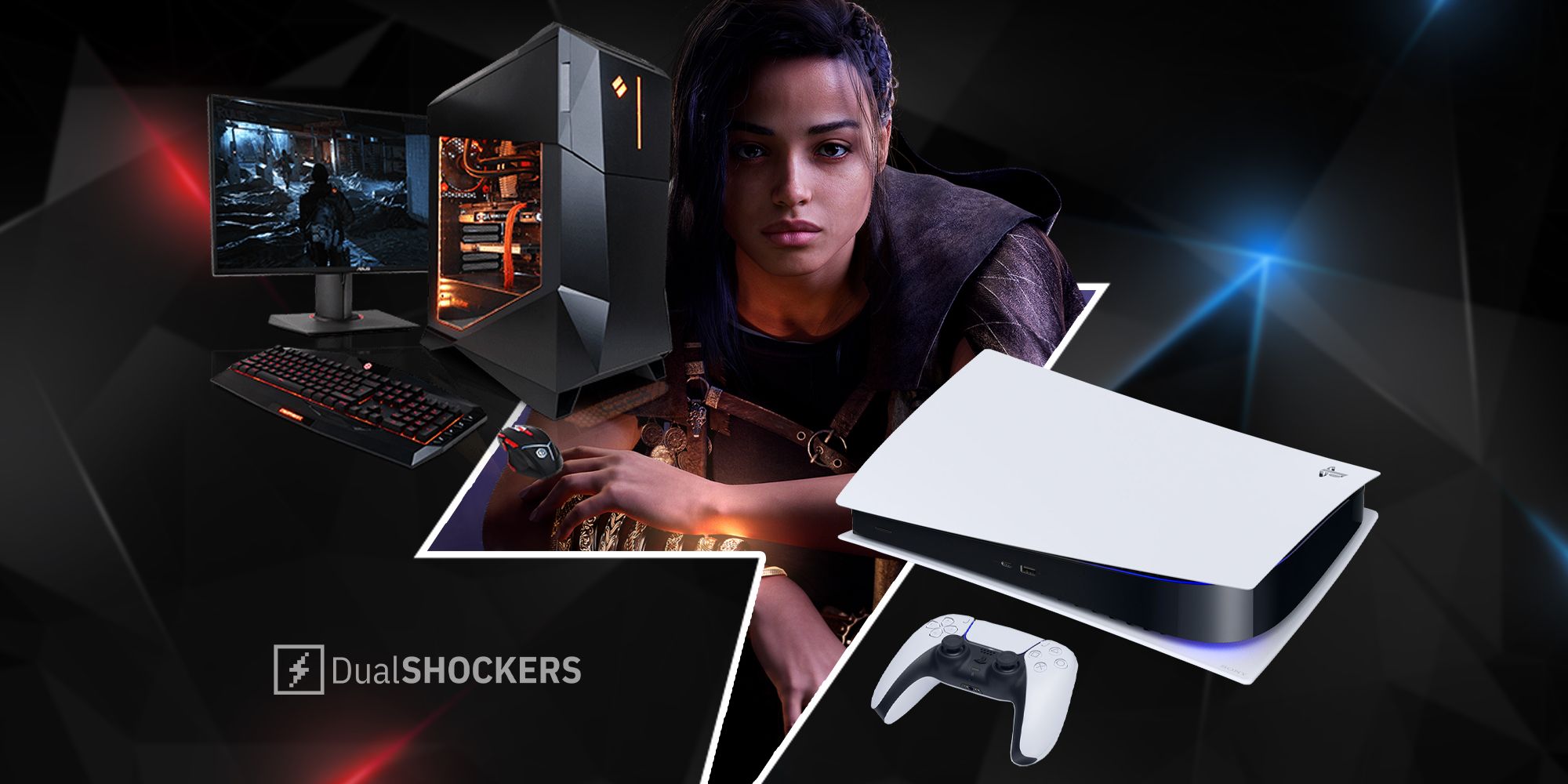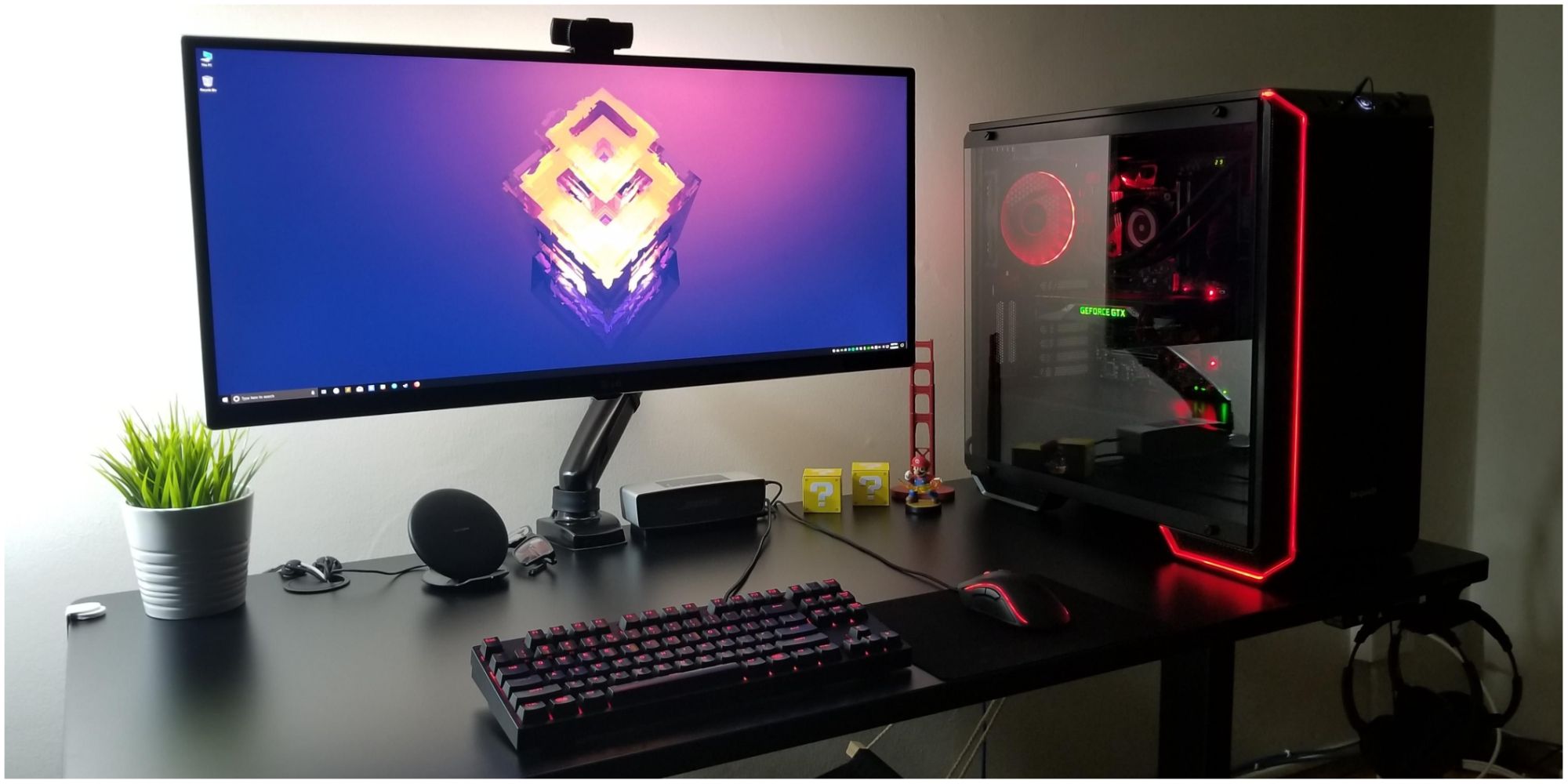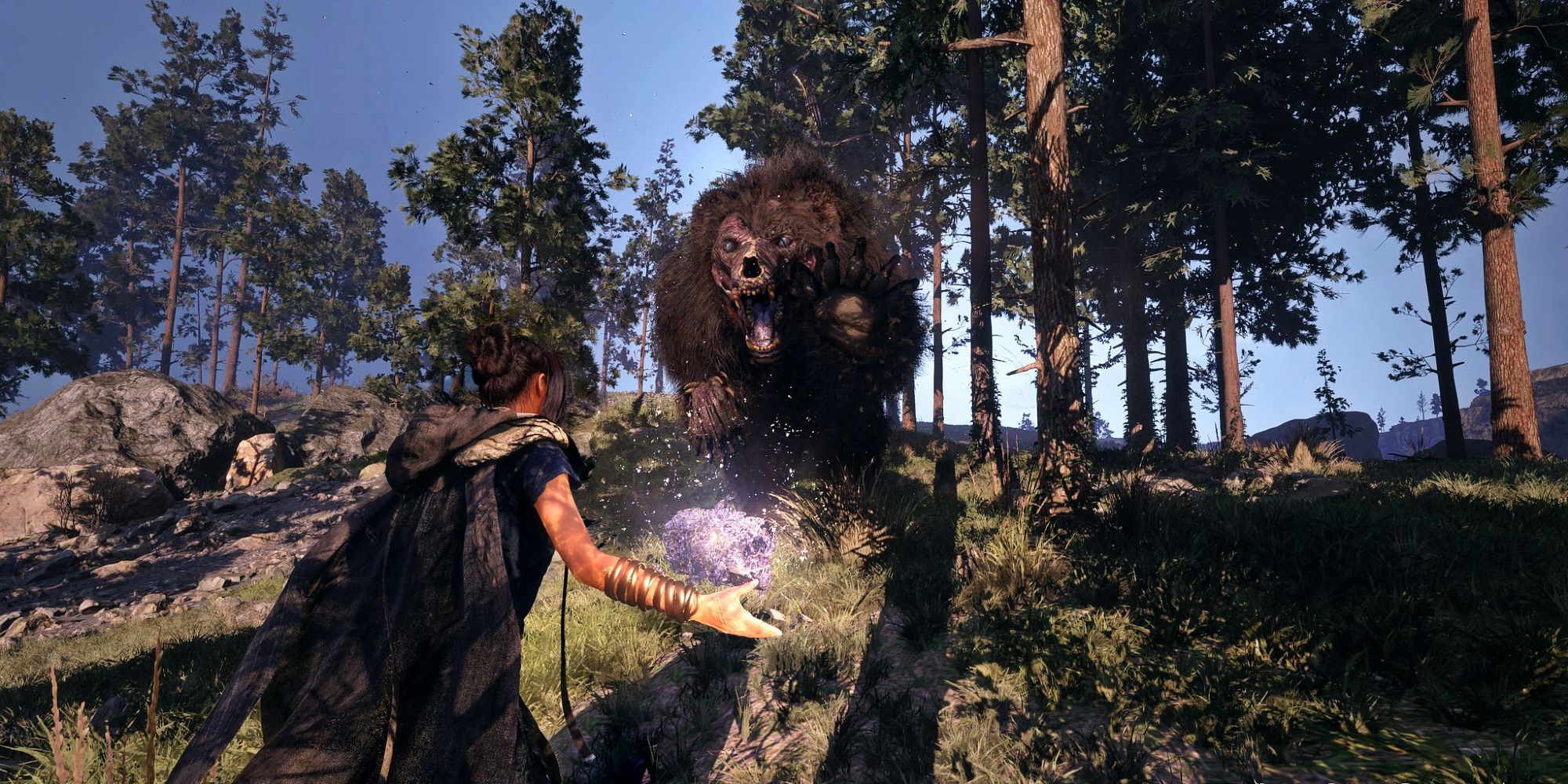If you’re trying to play Square Enix’s new game Forspoken on PC, then best of luck to you. The PC gaming community was shocked to learn that in order to play the game in 4K resolution at 60 frames per second, the developer recommended a Nvidia RTX 4080 GPU (which just hit the market months ago) and–get this–32 GB RAM! The RTX 4080 alone carries a $1,200 price tag– well out of reach for many PC gamers.
To play Forspoken at 1440p (33% higher resolution than 1080p) and 30 frames per second, Square recommends Nvidia’s RTX 3070 GPU and 32 GB RAM. Across social media, the question arose: how can a PlayStation 5, which isn’t nearly as powerful as a mid-grade modern gaming PC run Forspoken in 4K, but a gaming PC that costs double the amount cannot?
Consoles are far more affordable than gaming PCs, often because manufacturers sell them at a loss and recoup that by taking a cut of individual game profits (though last year that started to change, with Sony announcing quite a significant price hike for the PS5). Console owners are getting a lot of gaming horsepower for a relatively reasonable price.
Consoles are closed hardware, similar to Apple’s iPhone. Aside from adding some storage, there isn’t anything an end user can do to upgrade the platform. Consoles last for five years or more, and developers know exactly what kind of hardware they’re designing a game for. This limits what a gamer can do with their console, but it also ensures developers can maximize game engines to use every resource available on the machine. Therefore, titles released toward the end of a console’s life span (like Death Stranding on PS4) often are far superior in graphical quality when compared to earlier titles. Over time developers learn how to maximize all of the console’s hardware features.
Sony and Microsoft design consoles with specific game genres (and even specific developers) in mind, unlike the design of multi-functional PCs. Sony’s PS5 CPU/GPU combo (called an APU, or advanced processing unit) was designed with AMD and based on AMD’s Zen 2 architecture. The PS5 is designed solely for gaming, meaning Sony and AMD can add technical features that game developers specifically want, like faster SSD storage and hardware-accelerated ray tracing. Often a game console represents the perfect “canvas” for game developers to work on, and usually, these devices are built for ease of software development.
While a game console’s advanced processing unit (APU) works cooperatively to compile both the logic and graphical aspects of a game, a gaming PC relies on coordination between the system CPU, RAM, and GPU to build the game experience. If any two components are mismatched (for example the GPU is more powerful than the CPU) a bottleneck may develop where you’re not maximizing the more powerful component’s potential, and game performance will suffer. If the PC doesn’t have enough RAM to handle the game’s assets and has to tap the SSD for memory, again, game performance suffers. All these variables are fixed on the console side, and game developers can work around the machine’s strengths and weaknesses to ensure a playable final product.
Even gaming-specific PCs are multi-purpose machines, simply more powerful versions of the standard PCs designed to maximize workflow. While Microsoft has incorporated a lot of gaming-specific features into Windows 11, it’s far more system-intensive than a game console's UI. Even the Windows operating system itself is constantly using system resources, and the operating system alone degrades performance.
To make matters worse for developers, no two gaming PCs are alike. There are endless GPU, CPU, RAM, SSD, HDD, and display combinations, meaning there is no one-size-fits-all mode of game development on PC. One gamer may have the latest and greatest Nvidia GPU, and another may have an AMD GPU from four years ago, yet both would expect a game to be playable on their system if they meet the minimum system requirements.
Additionally, developers can use some technical tricks to make demanding games run exceptionally well on a console. For example, some PS5 games are rendered at 1080p, then upscaled to 4K with a process often called checkerboarding. This reduces the load on the APU, freeing up calculations for other aspects of the game, and relies on upscaling to produce what appears like a native 4K image. In addition, consoles are often connected to 4K smart TVs which employ a host of motion-smoothing software to enhance gameplay. Combined, checkerboarding and motion smoothing can make a game running at under 60 fps look quite fluid.
While PC is the platform a majority of gamers use to enjoy their favorite titles, many PC gamers are using GPUs that are economical but not high-performance. As of December 2022, 2019’s Nvidia GTX 1650 was the most used GPU on PC gaming platform Steam. This certainly isn’t the most advanced GPU as it lacks modern features such as ray tracing and DLSS. A much smaller percentage of PC gamers are dedicated to upgrading their PC each time new and improved hardware is released. A PS5’s APU would easily outcompete a Nvidia GTX 1650 in terms of performance. The GTX 1650 wasn’t even designed for 4K gameplay and was geared toward gaming on PC at 1080p.
Both consoles and PCs use upscaling technology to improve game performance. While consoles use checkerboarding described above, PCs implement either Nvidia’s DLSS or AMD’s FSR. DLSS allows the PC to render a game in a lower resolution than native (usually 1080p or 1440p) while AI software sharpens the image to recreate what 4K resolution would look like. In side-by-side comparisons, DLSS usually outperforms console checkerboarding in fps, but it’s limited to Nvidia GPUs, while checkerboarding is used on all console games, so often when you’re comparing PC and console performance, you have to take into account that consoles are using performance-boosting upscaling while many PC games aren’t.
Many of today’s games are designed for game consoles and then ported over to PC. Console versions are highly optimized to console hardware. PC ports sometimes rely on more powerful PC hardware to achieve console-level performance on PC. This frustrates PC gamers who feel games rarely take advantage of the powerful hardware they spent so much time and money building, while gamers with older GPUs simply don’t get the benefit of newer technology.
Game developers have a baseline for how they want their product to perform on PC, so they release a series of hardware recommendations to help gamers achieve that. Previously, many titles coming to PC were enhanced ports of PS4 or Xbox One games, but now that next-gen titles are porting to PC, we are seeing higher system requirements.
PC gamers often assume that since consoles are cheaper, they are far lower performance than gaming PCs and that often isn’t the case at all. There’s a lot to consider when deciding on a gaming platform, with exclusive titles and access to older games factoring into that decision. Today, both consoles and PC provide gamers with an exceptional gaming experience by utilizing a host of technological features, but on either side, those features usually carry a cost.




